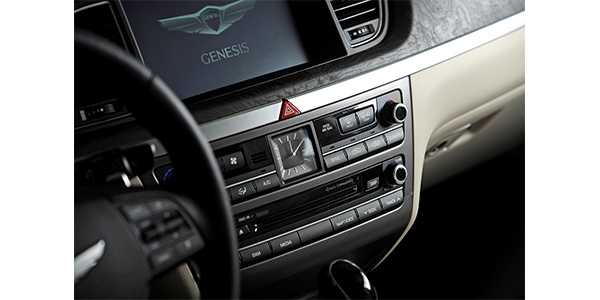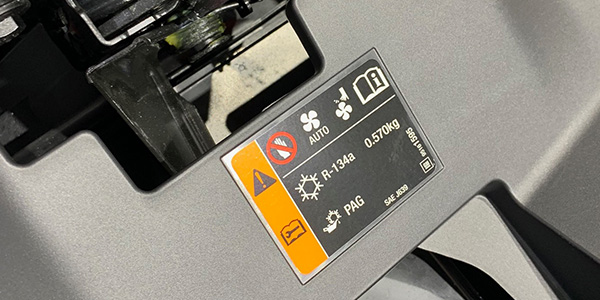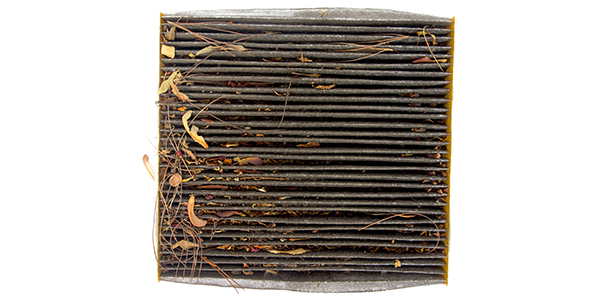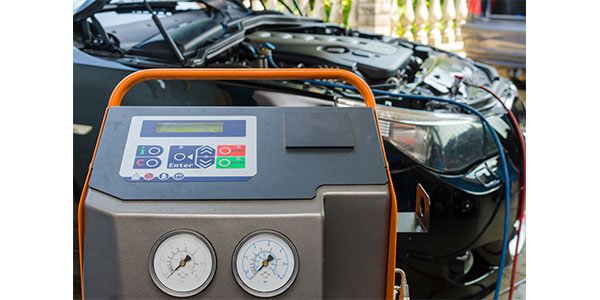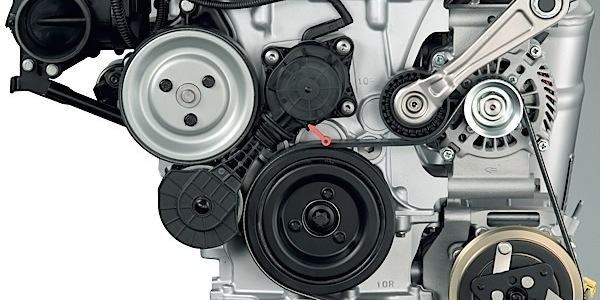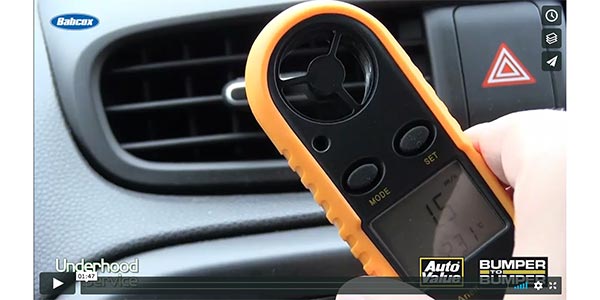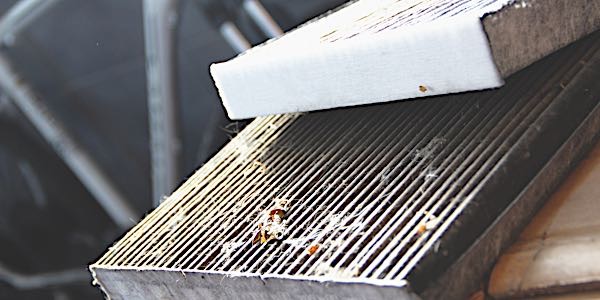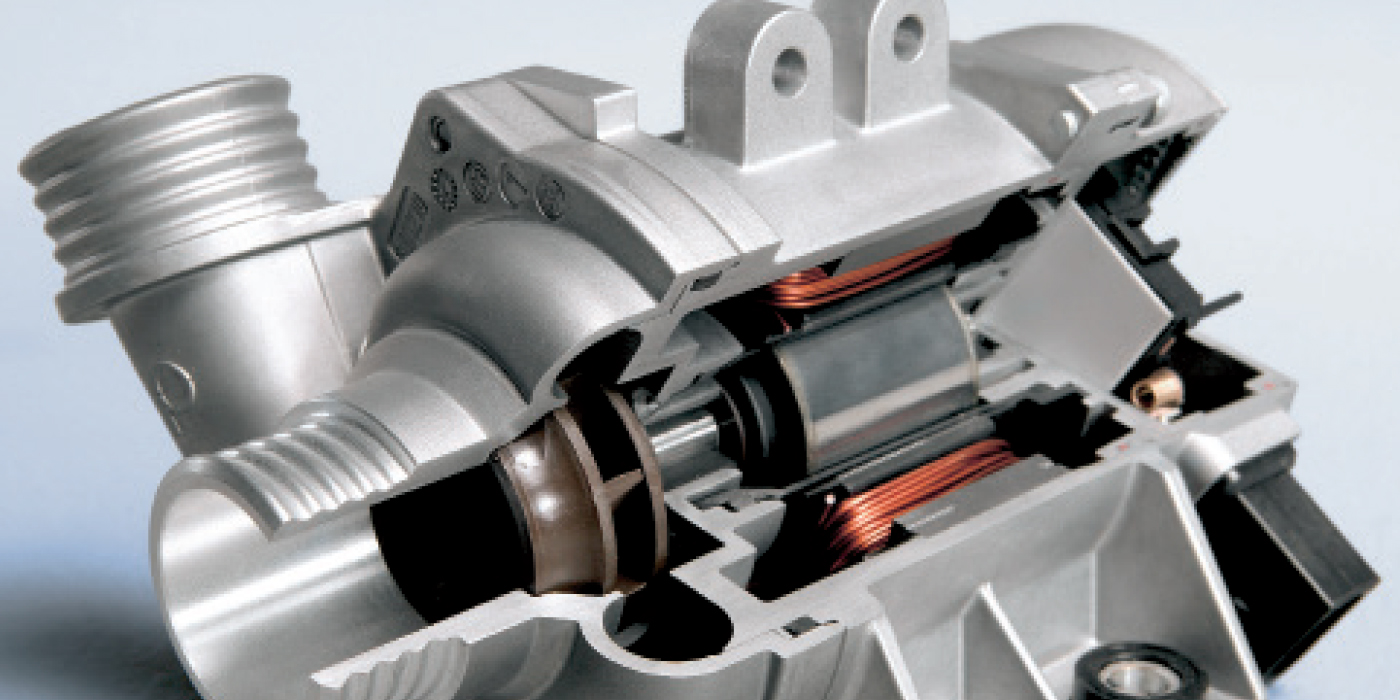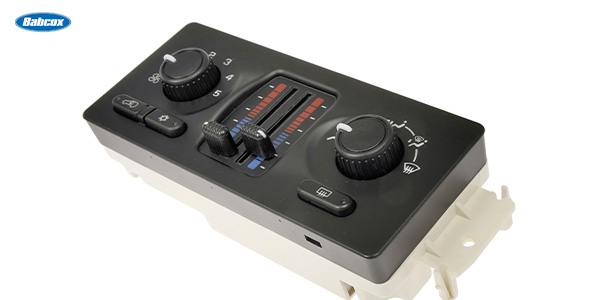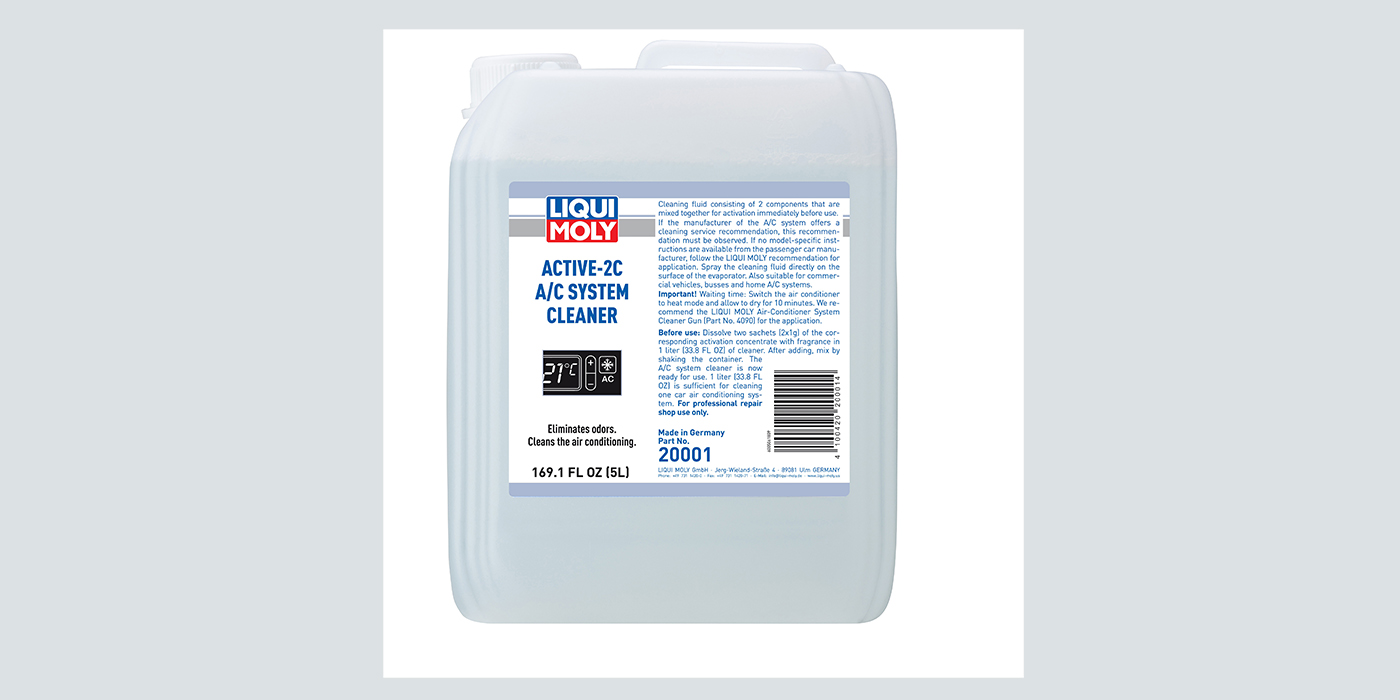Warm weather is just around the corner in many parts of the country, so it’s not too soon to start thinking about ways you can promote A/C service work and boost your profits this summer. More than 90% of new vehicles are now factory-equipped with air conditioning, and more than 80 percent of the cars and light trucks on the road today have A/C. What’s more, an estimated 20 to 25 million automotive A/C systems are serviced annually in this country. That’s a huge number of service opportunities. The question is, are you getting your share of this work?
Readers of Brake & Front End magazine are primarily involved with brake work, steering and suspension repairs, alignments, drivetrain service and exhaust. If 50% or more of your service work is undercar-related, you meet the criteria to receive this magazine. Yet you don’t have to be a general repair shop to do A/C work. Anybody can do it provided they have the know-how and equipment.
What exactly do you need? You need technicians who understand A/C theory, who know how to troubleshoot common A/C problems, how to recover and recycle refrigerant (they must also have passed an EPA-approved refrigerant recovery and recycling course), how to evacuate and recharge A/C systems properly, how to flush contaminated A/C systems, and how to replace system components. You also need a recovery/recycling machine for R-12, and second machine for R-134a (or a combination machine that can handle both refrigerants), some pressure gauges and charging equipment. And most importantly, your need customers who will bring you their A/C problems to fix.
You don’t have to be an A/C specialist to get A/C service work. But you may have to let people know you also do A/C work if you have a general repair business or specialize primarily in undercar service.
A/C service work can be promoted a variety of ways. Signage is a one way to get the message out. Hang up a banner that reads “Let Us Fix Your A/C” or “We Can Help You Keep Your Cool – Just Ask For A Free A/C Checkup.”
Customer-oriented posters provided by A/C parts suppliers can also generate interest and encourage customers to ask you about A/C problems they might be experiencing with a vehicle.
Don’t overlook the service opportunities that pass through your shop every day. Include a quick A/C check on every vehicle that is serviced. If the A/C system doesn’t blow cold air, it may need service. Bring any such problems to your customer’s attention, and offer to check the A/C system for them – for free if that’s what it takes to get their approval.
When warm weather arrives, mail a coupon or email your customer list announcing an A/C special or a free or discounted A/C “tuneup.” If you have recently added any new A/C service equipment, mention that, too.
WHERE ARE THE SERVICE OPPORTUNITIES?
According to a recent survey by the Mobile Air Conditioning Society (MACS), the average A/C repair job, according to MACS, was $504, plus another $176 if a retrofit was involved.
The MACS survey revealed that owners of older vehicles are having their A/C systems repaired, and are often spending upwards of $1,000 or more on parts and service.
TO DYE OR NOT TO DYE
Leak detection is another service that’s required to fix many A/C problems. Ultraviolet dyes can make even the smallest leaks clearly visible. But some OEMs do not approve their use.
Overuse of dye may dilute the compressor lubricant and increase the risk of compressor noise and failure. The standard recommended dose is only one quarter ounce! A second dose will usually cause no problems, but multiple doses over a period of time can overload the system with dye.
If you’re charging a vehicle with refrigerant that already contains dye, the refrigerant should be fed into the system as a liquid otherwise you may not get enough dye into the vehicle to find the leaks.
SEALERS: STILL A STICKY SUBJECT
In recent years, various sealer products have been introduced to stop refrigerant leaks. Such products are marketed as an inexpensive way to fix troublesome refrigerant leaks. Some of these products are activated by exposure to moisture, others stop leaks by causing seals and o-rings to swell, and some combine both approaches.
The main drawbacks of using a sealer are the risk of a comeback if the leak reoccurs, clogging up service gauges and recovery/recycling equipment, and plugging the orifice tube if the system is contaminated with air and/or moisture. Because of these risks, no vehicle manufacturer currently approves using sealers in their A/C systems.
Evaporator leaks can be expensive to fix because the labor alone may be 8 to 12 hours or more depending on the application. For customers who can’t afford such a repair, a sealer may offer a less expensive fix – though no promises should be made as to how long the leak repair will hold or if it will seal the leak at all. The best cure for a leaky evaporator is to replace the evaporator with a new one.
A/C SERVICE TIPS
The only rules you have to know about about replacing compressors are that there are no rules. Some compressors are shipped dry, others are shipped with assembly oil (which must be drained prior to installation) and others may be shipped with mineral oil for R-12 applications, a specific type of PAG oil for OEM R-134a applications, or polyester POE oil for a retrofit. Hopefully there will be instructions in the box indicating if the unit is oil-filled, and if so with what type of oil – and most importantly, what type of lubricant is required to meet the warranty requirements.
Most compressor manufacturers will void their warranty if the wrong oil is used, if the compressor is installed in a dirty system (contaminated systems must be flushed with refrigerant or an approved solvent, and a filter installed), if a non-approved flushing chemical is used to clean the system, or the accumulator or receiver-drier is not replaced. So read the installation instructions and warranty requirements that come with the unit.
Charging accuracy is also essential to get the best cooling performance from an A/C system. The refrigerant capacity of most passenger car systems today is only about 1-1/2 to 2 lbs. Consequently, it is easy to accidentally over-charge the system. Charging equipment with long hoses may contain 4 to 6 oz. of refrigerant in the hoses. If this extra amount is not taken into account, you may end up adding too much refrigerant.
Complete evacuation of the system is also a must before you add the refrigerant. Air is a noncondensable gas that reduces the operating efficiency of the system. Moisture is a contaminant that reacts with refrigerant and compressor oil to form acids and sludge. If not removed, air and moisture will cause problems sooner or later. The normal vacuum cycle during refrigerant recovery is only about five minutes, which is not long enough to thoroughly evacuate all the air and moisture from the system.
Most experts say it takes 29.7 inches or more of vacuum for 45 to 60 minutes to completely purge the system, 60 to 90 minutes for dual (front/rear) A/C systems, and up to two hours to purge a contaminated system in a colder or humid climate. The accumulator or receiver drier should also be changed if the system has been open or without a charge for a long period of time.
Another suggestion: If air contamination has been causing noise or other problems, deep vacuum purge the system and recharge it with virgin refrigerant rather than recycled refrigerant. Why? Because recycled refrigerant may contain two to three percent air.

